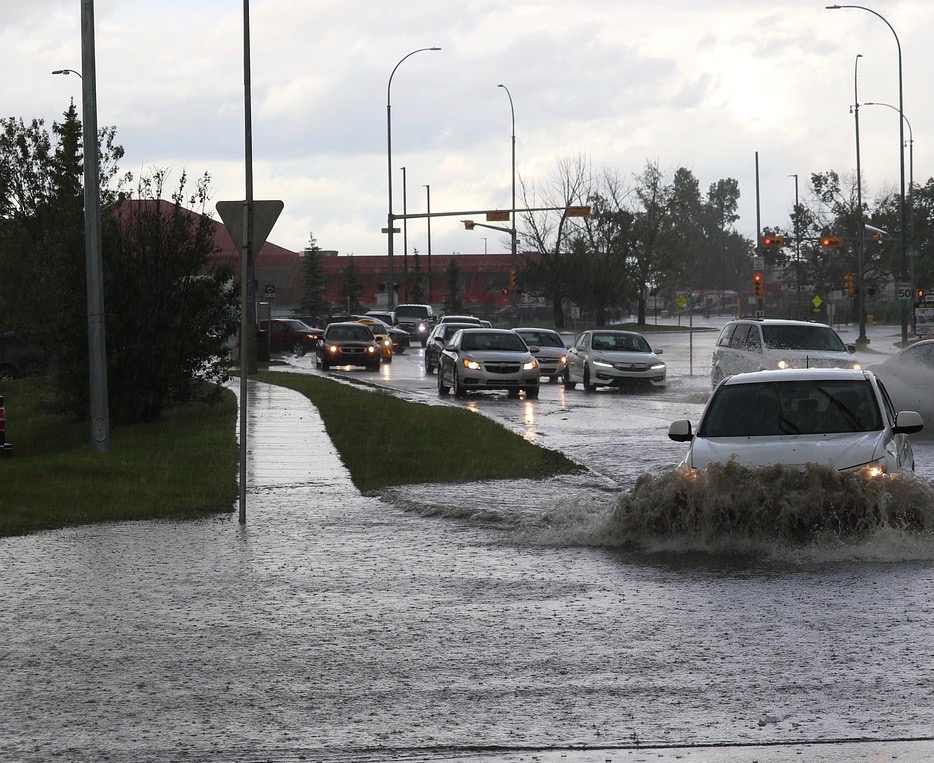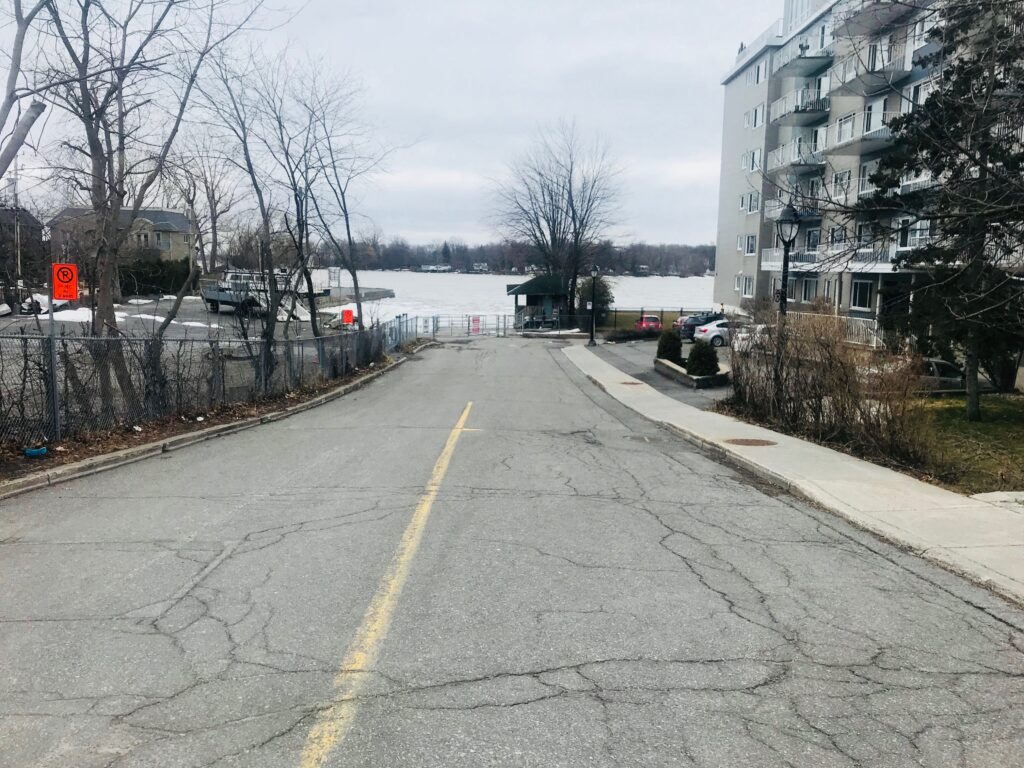Right now, the coast is clear, but West Island officials are monitoring the spring thaw and are prepared for action if water levels rise.

It’s said that the best defence is a good offence. That’s certainly the approach to flood planning in which lessons of the past determine the actions of the present.
“In crisis-management, prevention is key,” says Dimetrios (Jim) Beis, mayor of the Pierrefonds-Roxboro borough. His municipality was one of the hardest hit in the West Island during the unprecedented flooding of 2017, when some 900 homes were deluged, about a dozen of them beyond repair. “We have 28 kilometres of riverfront land and many low-lying areas,” he said. “There are five or six vulnerable areas, where storm sewers are lower than the river.”
One of the factors that made the 2017 floods so devastating—in addition to the volume of spring melt from the watershed—was the storm-sewer system’s inability to handle the surge from Rivière des Prairies. Add to that the fact that storm sewers in neighbouring municipalities drain into the Pierrefonds network, and the stage was set for crisis.
“As a borough, we looked at how the 2017 flood came in and in response, we created a crisis-management intervention plan,” Mayor Beis says. That included the purchase of modular systems that temporarily mimic the work of dikes and can be installed by as few as two people; back-up valves to close storm sewer pipes and prevent overflow on land; and overland pumps to push water out. In the past five years, the borough has also built permanent berms in low-lying shoreline areas.
The result was that despite higher water levels in the 2019 spring flood, fewer houses were inundated. “About 50 homes were flooded in 2019,” he says. “We had low-lying areas in Pierrefonds west, and we raised some permanent dikes there where we’d had to erect sandbag walls of five to seven feet. Those dikes saved many homes.”
However, Mayor Beis says, the borough wants more commitment from the city of Montreal to find long-term solutions to flooding. “We in Pierrefonds-Roxboro have become, whether we like it or not, experts in flood crisis management,” he says. “People saw that first-hand in 2019. Our intervention plan was put into place and we mobilized our response two weeks before Montreal did.”

Last week, the mayor tabled a notice-of-motion at Montreal’s city council meeting that asks for the following prevention strategies:
* A permanent, dedicated budget to help all boroughs affected by floods that could be accessed without awaiting a state-of-emergency decree.
* A framework agreement that ensures access to materials (such as modular walls and burlap sandbags) as soon as they’re needed.
* Collaboration with the Quebec government to find permanent solutions, such as the building of berms and permanent pumping stations.
One lesson learned in the 2017 floods, Mayor Beis said, is that burlap sandbags are more reliable than polypropylene versions because they absorb water and are less likely to be swept over by walls of pressure.
To date this spring, there is no indication of impending flooding. “Right now, the water levels are average,” he said. “But I cannot rely on that. We have to be ready.”
Mayors in neighbouring municipalities are also watching the water. In Hudson, which was also severely affected in 2017 and ’19, Mayor Chloe Hutchison says the community rallied to help residents whose homes were flooded. “About 100 homes were affected in 2017. Some could not be rebuilt.” One reason that fewer buildings were flooded in 2019, she says, was because “the homes that were worst-hit in 2017 were no longer here. However, there are still properties that are vulnerable.”
The town bought a sandbagging machine for which sand is currently reserved, and it’s looking at plans to improve Main Road, some of which was submerged under floodwaters in 2017 and ’19. “We also need to create catch basins to contain the water,” Mayor Hutchison says. “We have some but they filled up over the years.”
Hudson has agreements with such organizations at the Canadian Red Cross. “We are in frequent communication with public security,” she added. “The MRC (municipalité régionale de comté) has an emergency response office should the region need it. Our emergency responders and public works are ready. However, the indications to date are calling for a regular flood season. We continue to monitor.”
Meanwhile in Dorval, officials are watching the water levels in Lake St. Louis. “Dorval is not usually heavily impacted,” says the city’s mayor, Marc Doret. However, he added, lake levels began rising last week because of a faster-than-expected spring melt throughout the watershed. “The problem is two or three storm sewers that lie lower than the lake. They cause a problem with homes that have sloping driveways. That accounts for about 10 houses.”
One key indicator of impending flooding, Mayor Doret says, is the area at the southernmost end of Dorval Avenue, where there’s a ferry launch for Dorval Island. When water inches up the slope there toward Lakeshore Road, flooding becomes a concern. The city, which is also monitoring potential flooding in the Pointe Picard neighbourhood, has a warehouse of sand ready for bagging.
This week’s (March 28) colder weather, he adds, will “slow down the thaw in the Laurentians and the Outaouais regions, which is good news.”
The Lake St. Louis communities are generally differently affected by spring flooding than those on the north side of the island, where the fast-moving Rivière des Prairies takes spill waters from the Ottawa River.
The municipalities are watching and waiting. “I don’t yet have a sense of tension,” says Hudson’s Chloe Hutchison. “The water tends to peak at the end of April and beginning of May.” Time will tell.









